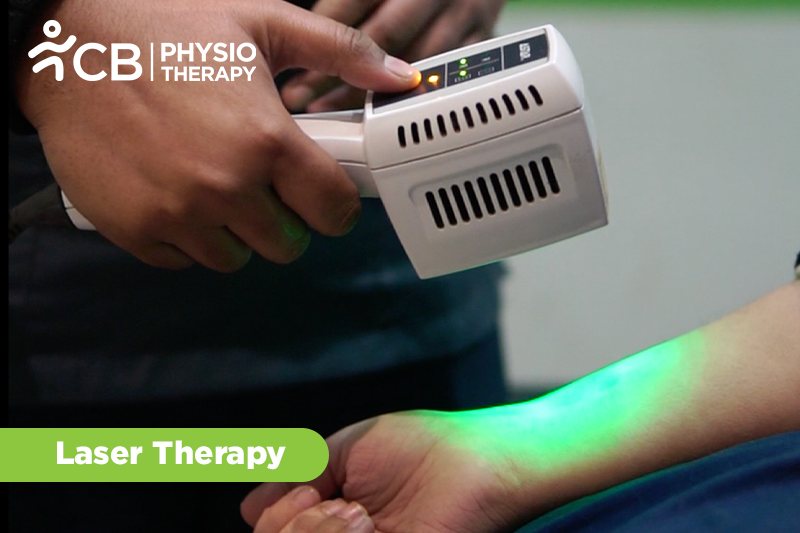
This procedure is generally safe, effective and non-invasive to use. Although you will feel the laser device touching your skin but the procedure is painless, no vibration or heat is felt. The non-thermal photons of light that are emitted from the Laser, pass through the skin layers. Once the light passes through the layers of the skin and reaches the target area. The body tissue then absorbs the light and initiates a series of events in the cell resulting in the healing of damaged or injured tissue, reduction in pain and inflammation, and an overall reduction in healing time by increasing intracellular metabolism.
Select your City to find & connect with our experts regarding Physiotherapy for Laser Therapy